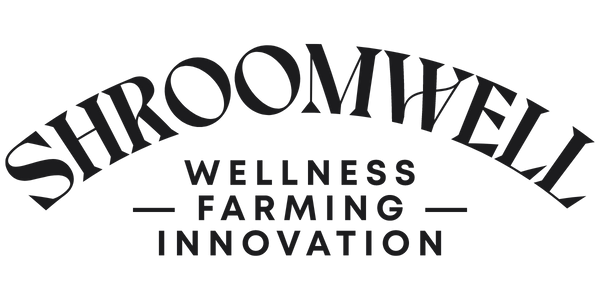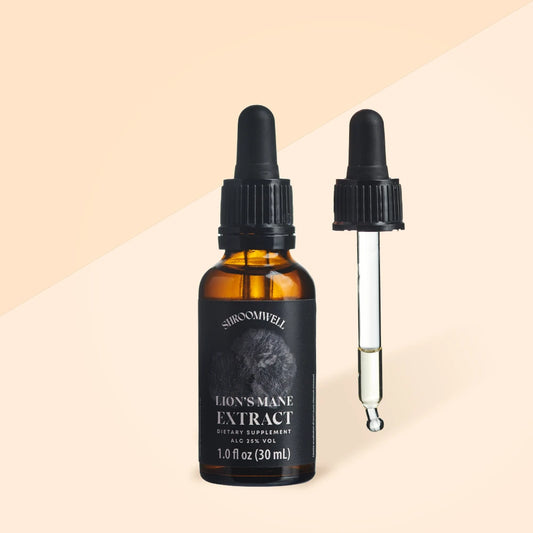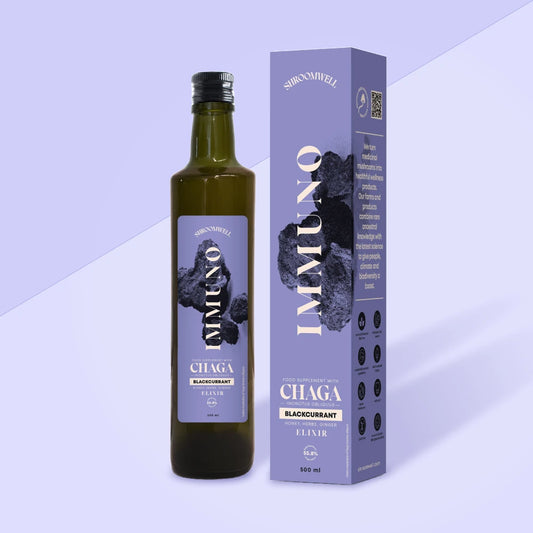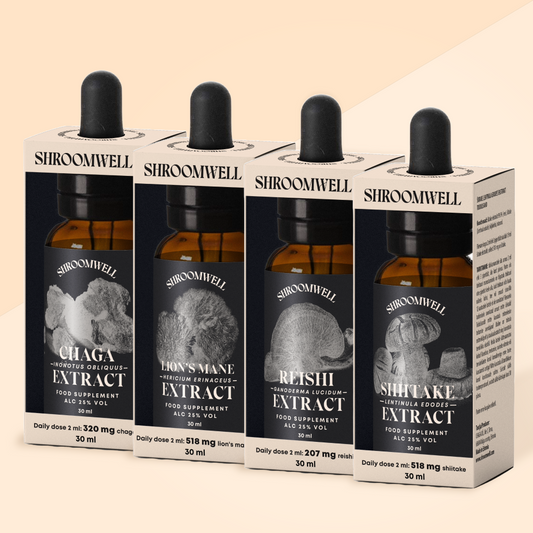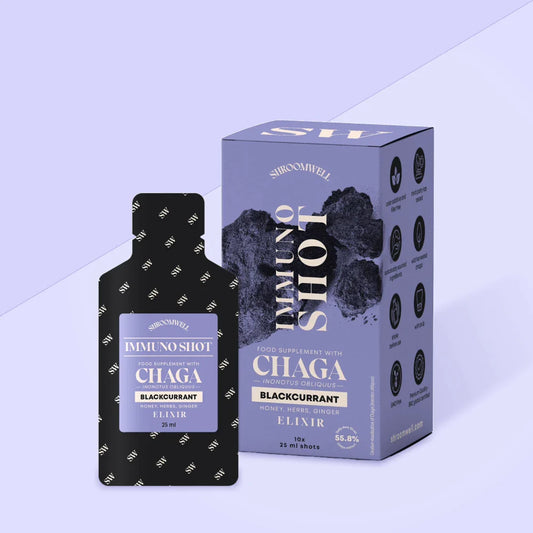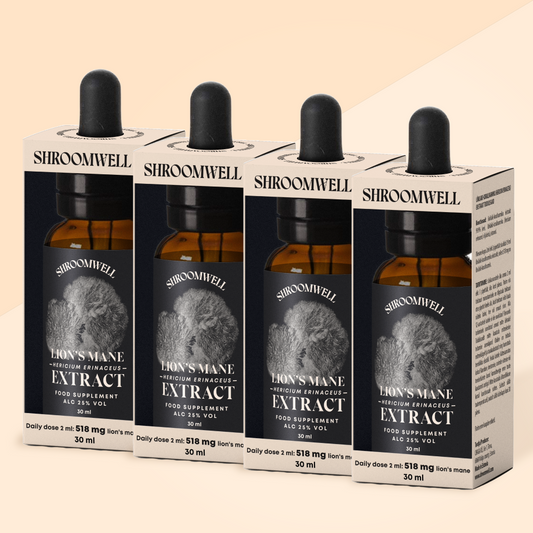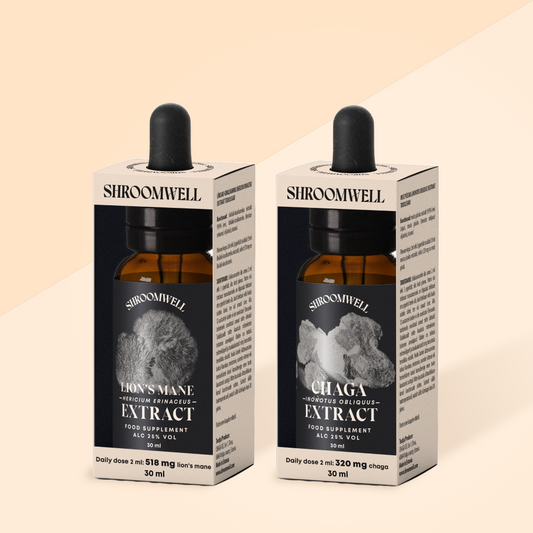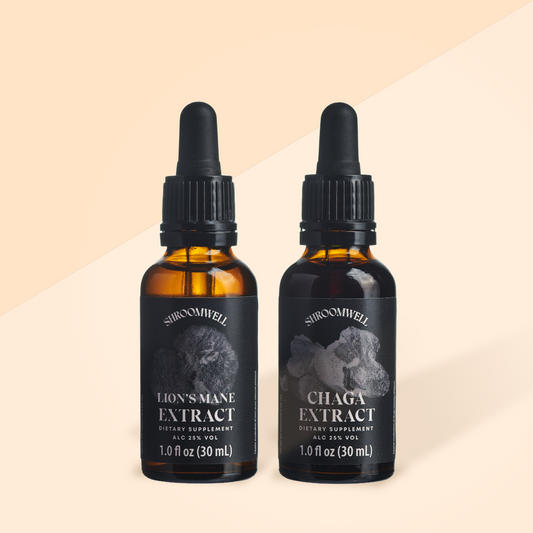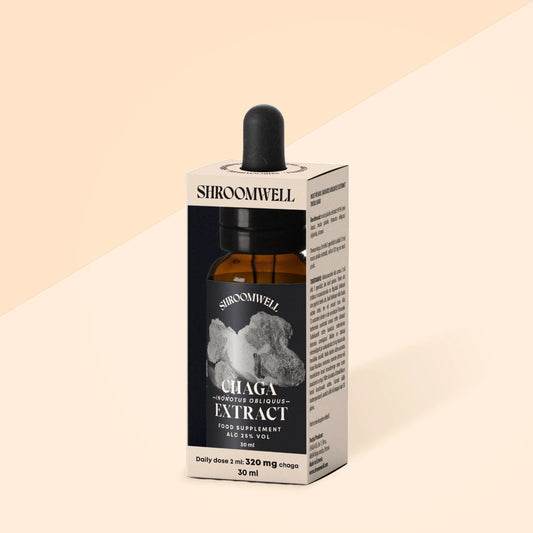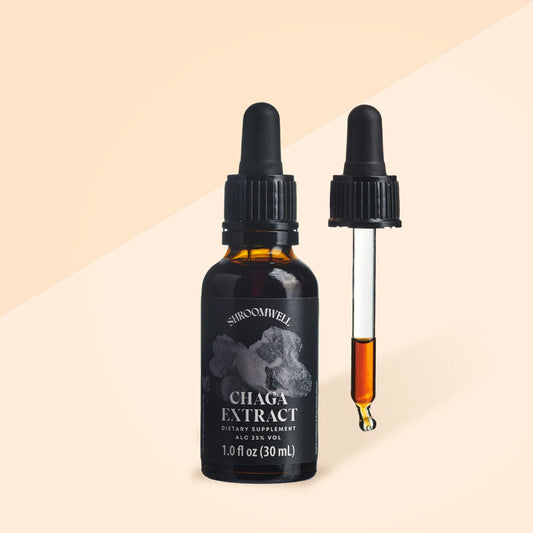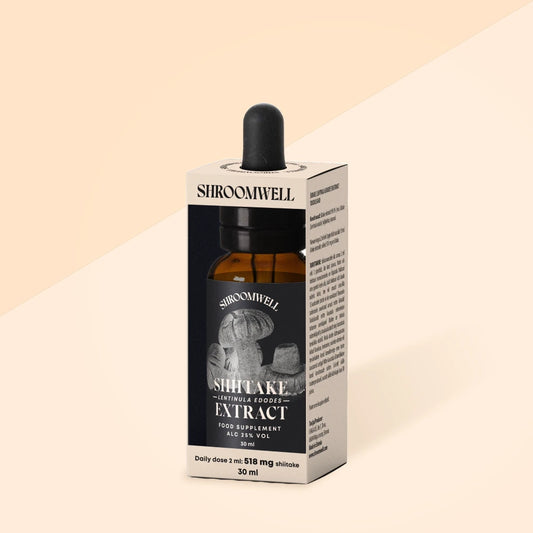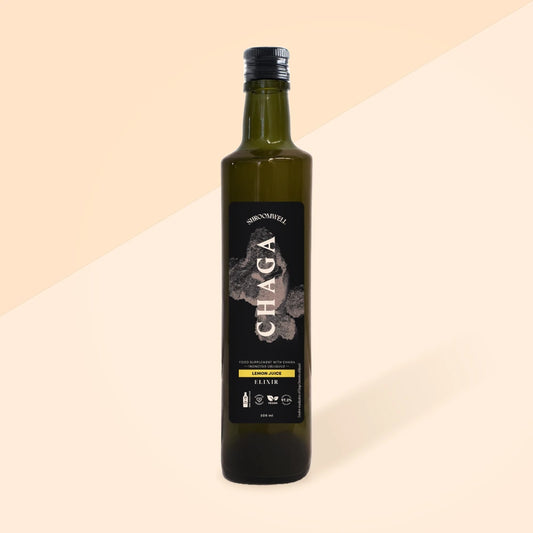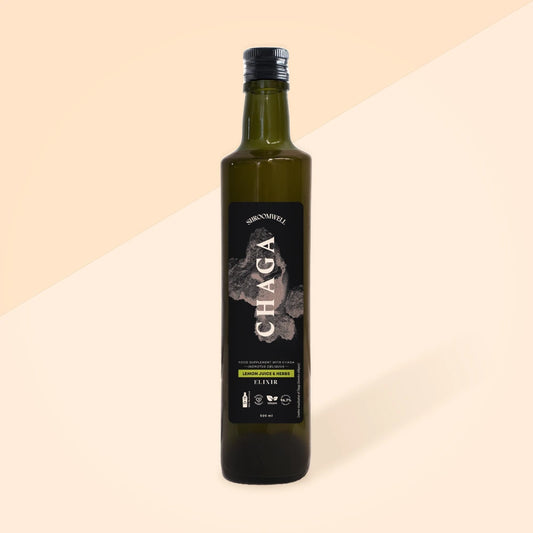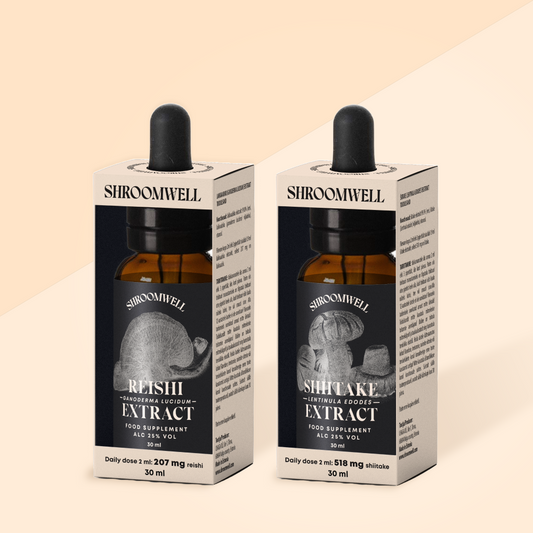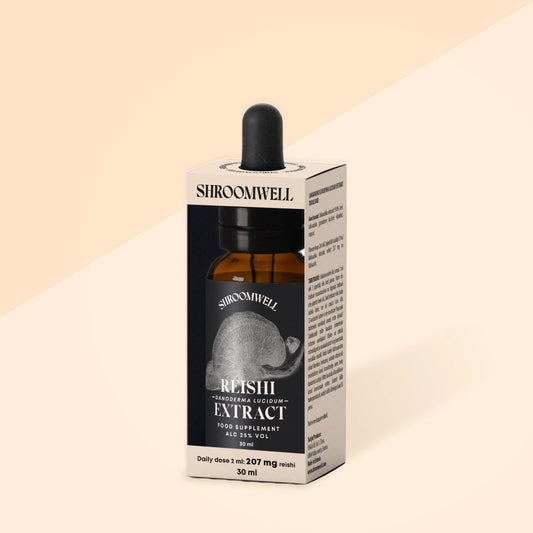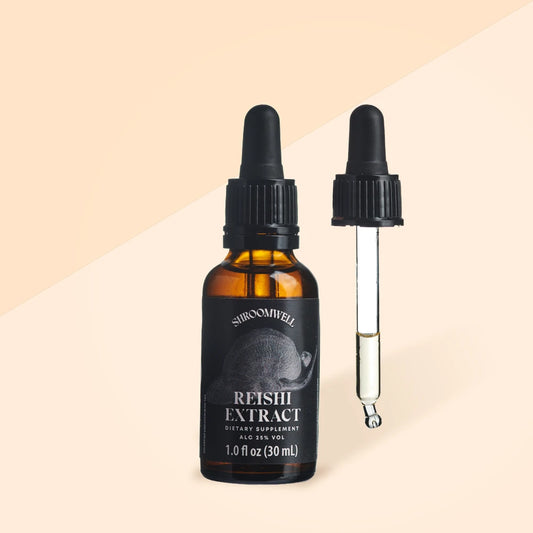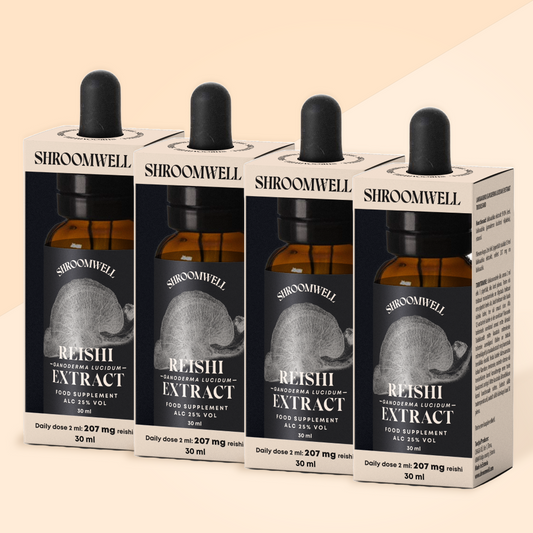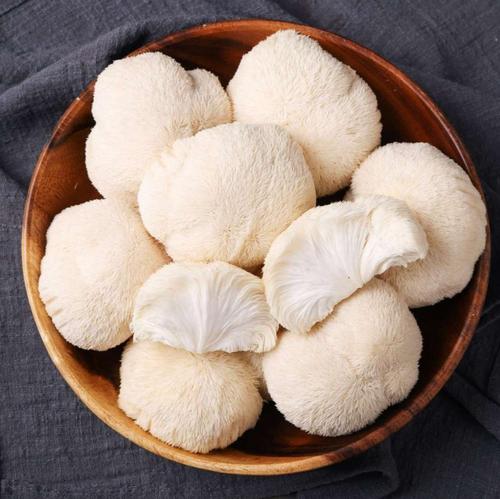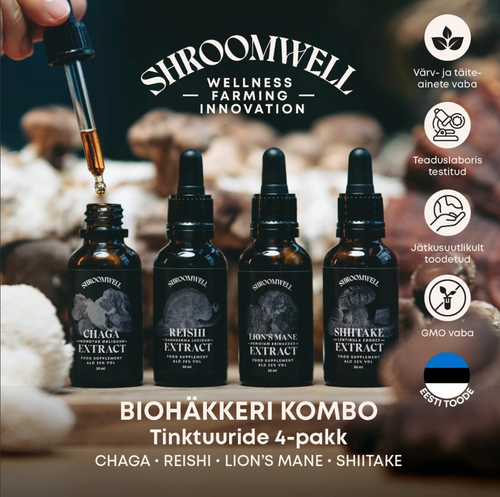SEENTES PEITUB LAHENDUS

Nähtud ja kajastatud:
LEMMIKUD
Korditsepsi tinktuur 30ml
Lion's Mane tinktuur 30ml
Chaga IMMUNO eliksiir mustsõstraga 500ml
Shroomwell StressStop suusprei 30ml
Shroomwell Brain & Focus suusprei 30ml
tervem inimene ja tervem planeet
Shroomwell ei ole lihtsalt üks järjekordne toidulisandite tootja.
Me oleme täisväärtuslik mükotehnoloogia ettevõte Eestist, kes lahendab globaalseid probleeme. Me mitte ainult ei edenda inimeste tervist, vaid suurendame ka metsade bioloogilist mitmekesisust, aitame siduda rohkem CO2, edendame metsandust jne. - kui nimetada vaid mõned neist.
Valides Shroomwell tervisetooted, valite ka jätkusuutlikuma ja tervislikuma maailma. Aitäh, et liitute tervema planeedi liikumisega.
KOLLEKTSIOONID
Lion's Mane tinktuur 30ml
Korditsepsi tinktuur 30ml
KOMBO Lion's Mane & Korditsepsi tinktuur 2x30ml
BIOHÄKKERI KOMBO, Tinktuuride mix 4-pakk
Chaga IMMUNO eliksiir mustsõstraga 500ml
Chaga IMMUNO eliksiiri shotid mustsõstraga 10x25ml
Shroomwell Brain & Focus suusprei 30ml
Shroomwell SleepWell suusprei 30ml
Lion's Mane tinktuur 30ml
KOMBO Lion's Mane & Korditsepsi tinktuur 2x30ml
Shroomwell Brain & Focus suusprei 30ml
Focus State karastusjook
KOMBO Lion's Mane Tinktuur 4x30ml
KOMBO Lion's Mane & Chaga Tinktuur 2x30ml
BIOHÄKKERI KOMBO, Tinktuuride mix 4-pakk
Focus State karastusjook 6tk
Chaga tinktuur 30ml
Shiitake tinktuur 30ml
Chaga eliksiir sidrunimahlaga 500ml
Chaga eliksiir sidrunimahla ja ürtidega 500ml
Chaga IMMUNO eliksiir mustsõstraga 500ml
Chaga IMMUNO eliksiiri shotid mustsõstraga 10x25ml
KOMBO Shiitake & Reishi Tinktuur 2x30ml
KOMBO Chaga & Reishi Tinktuur 2x30ml
Shroomwell SleepWell suusprei 30ml
Shroomwell StressStop suusprei 30ml
Reishi tinktuur 30ml
KOMBO Chaga & Reishi Tinktuur 2x30ml
KOMBO Shiitake & Reishi Tinktuur 2x30ml
KOMBO Reishi Tinktuur 4x30ml
BIOHÄKKERI KOMBO, Tinktuuride mix 4-pakk
Korditsepsi tinktuur 30ml
Lion's Mane tinktuur 30ml
KOMBO Lion's Mane & Korditsepsi tinktuur 2x30ml
BIOHÄKKERI KOMBO, Tinktuuride mix 4-pakk
Focus State karastusjook
Focus State karastusjook 24tk
Focus State karastusjook 6tk
Shroomwell SleepWell suusprei 30ml
Shroomwell StressStop suusprei 30ml
Reishi tinktuur 30ml
UUSIM TOODE MEIE E-POES
MILLEKS KORDITSEPS HEA ON?
Meie värske Korditsepsi seenetinktuur on loodud kõigile, kes soovivad rohkem energiat ja elujõudu.
Energia tõstmiseks: Potentsiaalselt rohkem loomulikku energiat ja motivatsiooni iga päev.
Sooritusvõimeks: Võib vähendada väsimust ja parandada vastupidavust ning treeningvõimet.
Heaoluks: Võib toetada keha iseseisvat taastumist, tasakaalu ja üldist heaolu.

TOIDA JA TOETA END LOODUSEGA
IGALE PROBLEEMILE LEIDUB SEEN
Meie tervisetoodetes kasutame hetkel 5 kõige rohkem uuritud ja tuntumat funktsionaalset seent - igaühel neist on oma ainulaadne funktsioon.
-
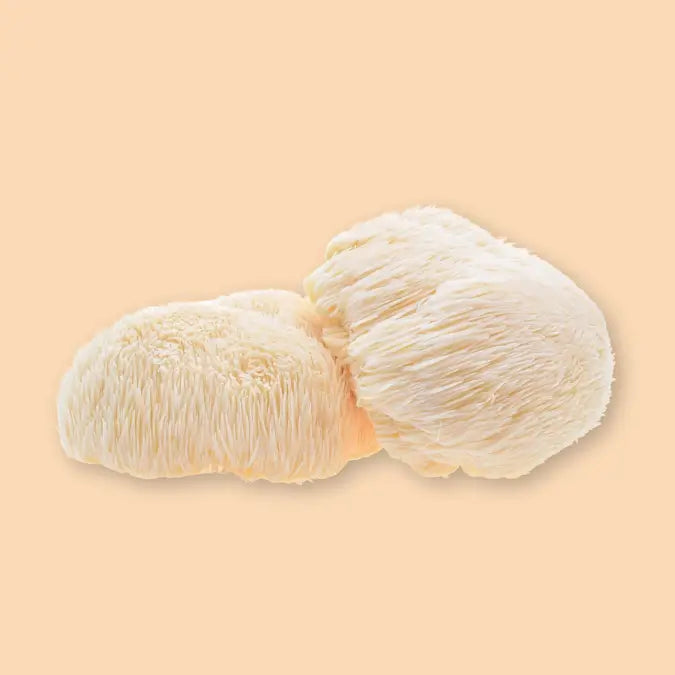
FOOKUS
-

ENERGY
-
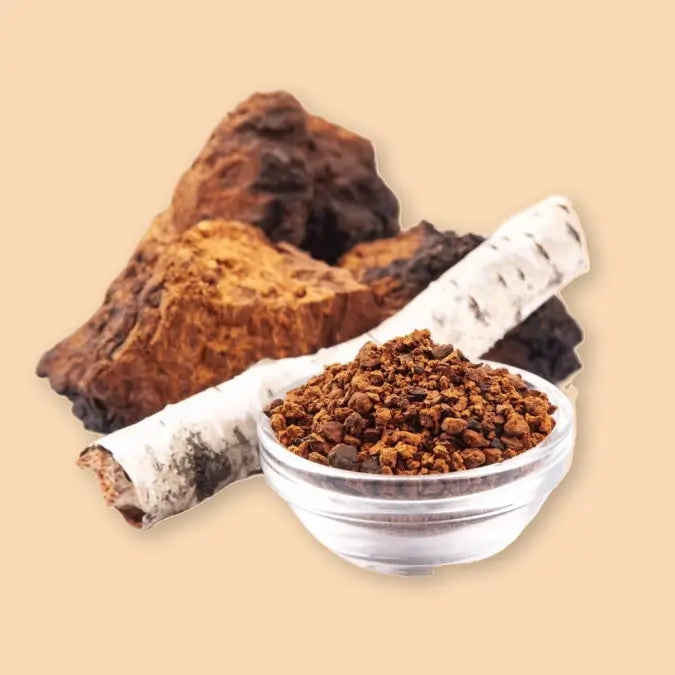
IMMUUNSUS
-
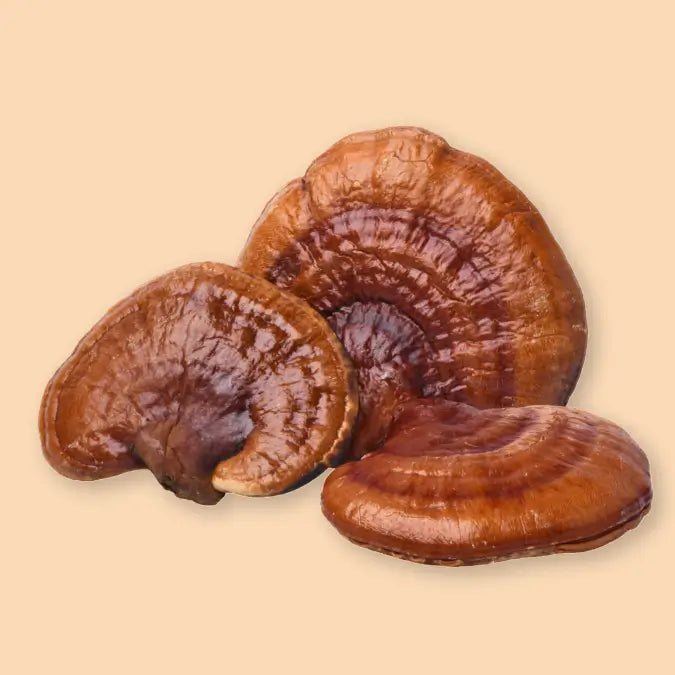
RAHULIKKUS
-
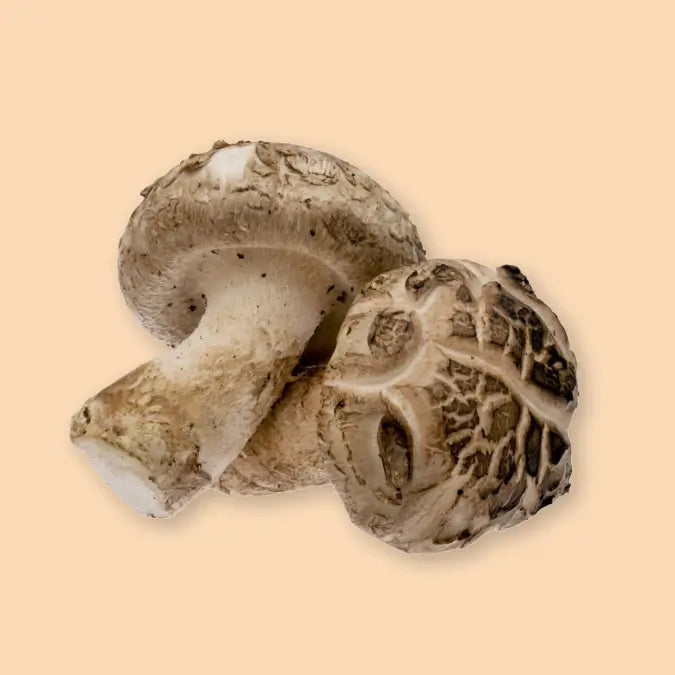
VITAALSUS
REVIEWS
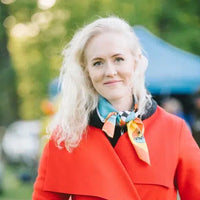 Kaia | Communication Expert
Kaia | Communication Expert
 Veronika | Copywriter
Veronika | Copywriter
 Tiina Kullamaa | Trainer
Tiina Kullamaa | Trainer
 Mia Brit Ots | Remarketing Specialist
Mia Brit Ots | Remarketing Specialist
 Nele | Nutrition Advisor
Nele | Nutrition Advisor
10 AASTAT SEENEINNOVATSIOONI
Shroomwelli missiooniks on tuua rohkem tervist nii inimestele kui planeedile. 10 aastaga oleme kasvanud tervisejookide tootjast eestvedajaks ka seente kasvatamises, teaduses ja mükotehnoloogias.
Oleme oma valdkonnas unikaalsed, sest meie käes on kogu väärtusahel - alates laborikatsetest ja uuringutest kuni toodete töötlemise ja lõppmüügini välja, meditsiiniseente kasvatusest ja metsade väärindamisest rääkimata.
Meie portfellis on tänaseks üle 20 erineva tervisetoote ja 10 rohe- ja elurikkuse projekti. Oleme suurimad Chaga välikasvatajad maailmas, samuti suurimad sisekasvatajad Põhjamaades.
Tutvu lähemalt meie pühendumusega tervisele, jätkusuutlikkusele ja innovatsioonile.
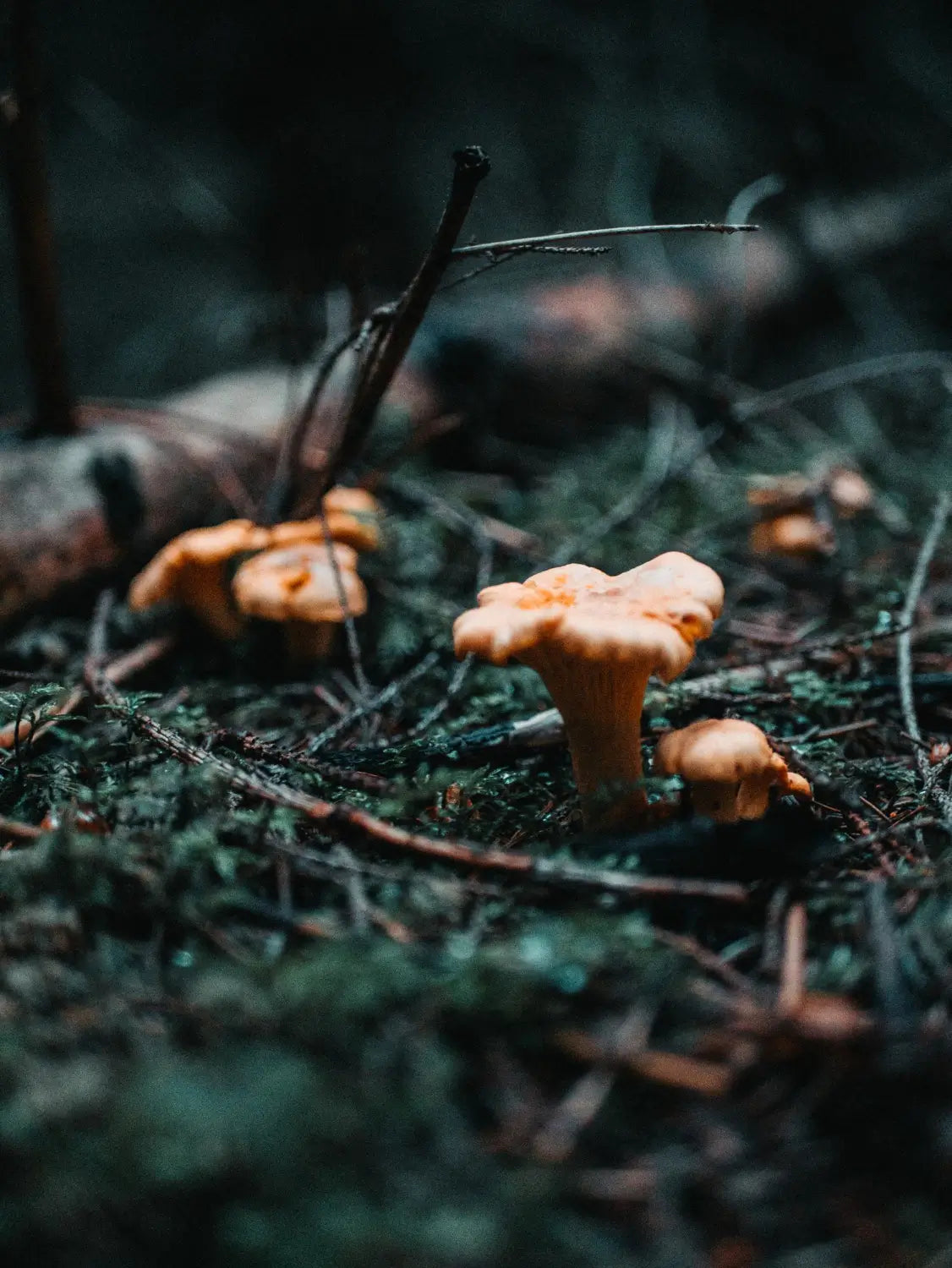
Toetused
-
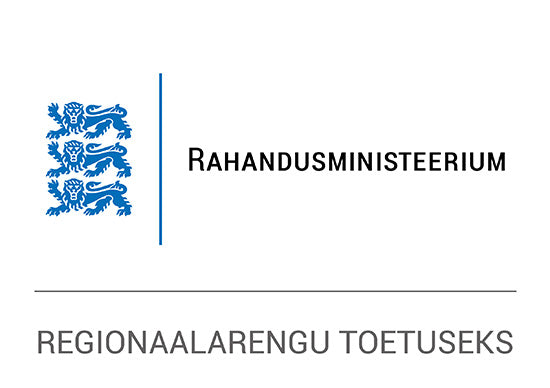 Kagu-Eesti ettevõtluse arengu toetusmeede RE.2.02.20- 0094 projektile „Chaga tehase nutikate toodete tootmisvõimekuse tõstmine ja innovatsiooni projekt"
Kagu-Eesti ettevõtluse arengu toetusmeede RE.2.02.20- 0094 projektile „Chaga tehase nutikate toodete tootmisvõimekuse tõstmine ja innovatsiooni projekt" -
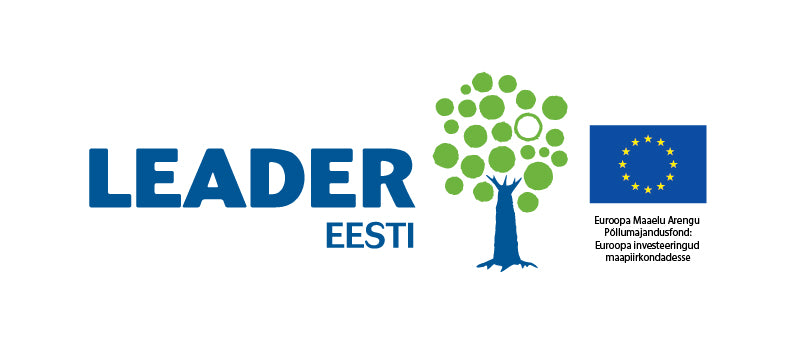 PRIA LEADER projekt: Projekti nimetus: Mulgimaa kui Eesti roheinnovatsiooni keskus
PRIA LEADER projekt: Projekti nimetus: Mulgimaa kui Eesti roheinnovatsiooni keskus -
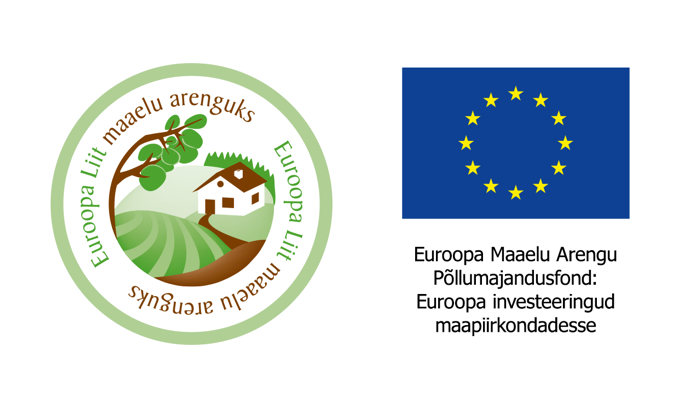 PRIA Meede: Mikro- ja väikeettevõtjate põllumajandustoodete töötlemise ning turustamise investeeringutoetus Toetatud tegevused olid: Pudelite villimisliini, metallidetektori, ultrasonic ekstraktori, sügavkülmkambri, erinavete väike tootmisvahendite soetamine. Eesmärk: Viia tootmine uuele kvaliteedi tasemele. Tõsta ettevõtte konkurentsivõimet. Tulemuseks: Uue kvaliteediga tooted, kus uue tehnoloogiaga on võimalik välja ekstraheerida toorainest bioaktiivseid aineid. Metallidetektoriga on võimalik kontrollida tooraine kvaliteeti.
PRIA Meede: Mikro- ja väikeettevõtjate põllumajandustoodete töötlemise ning turustamise investeeringutoetus Toetatud tegevused olid: Pudelite villimisliini, metallidetektori, ultrasonic ekstraktori, sügavkülmkambri, erinavete väike tootmisvahendite soetamine. Eesmärk: Viia tootmine uuele kvaliteedi tasemele. Tõsta ettevõtte konkurentsivõimet. Tulemuseks: Uue kvaliteediga tooted, kus uue tehnoloogiaga on võimalik välja ekstraheerida toorainest bioaktiivseid aineid. Metallidetektoriga on võimalik kontrollida tooraine kvaliteeti.
